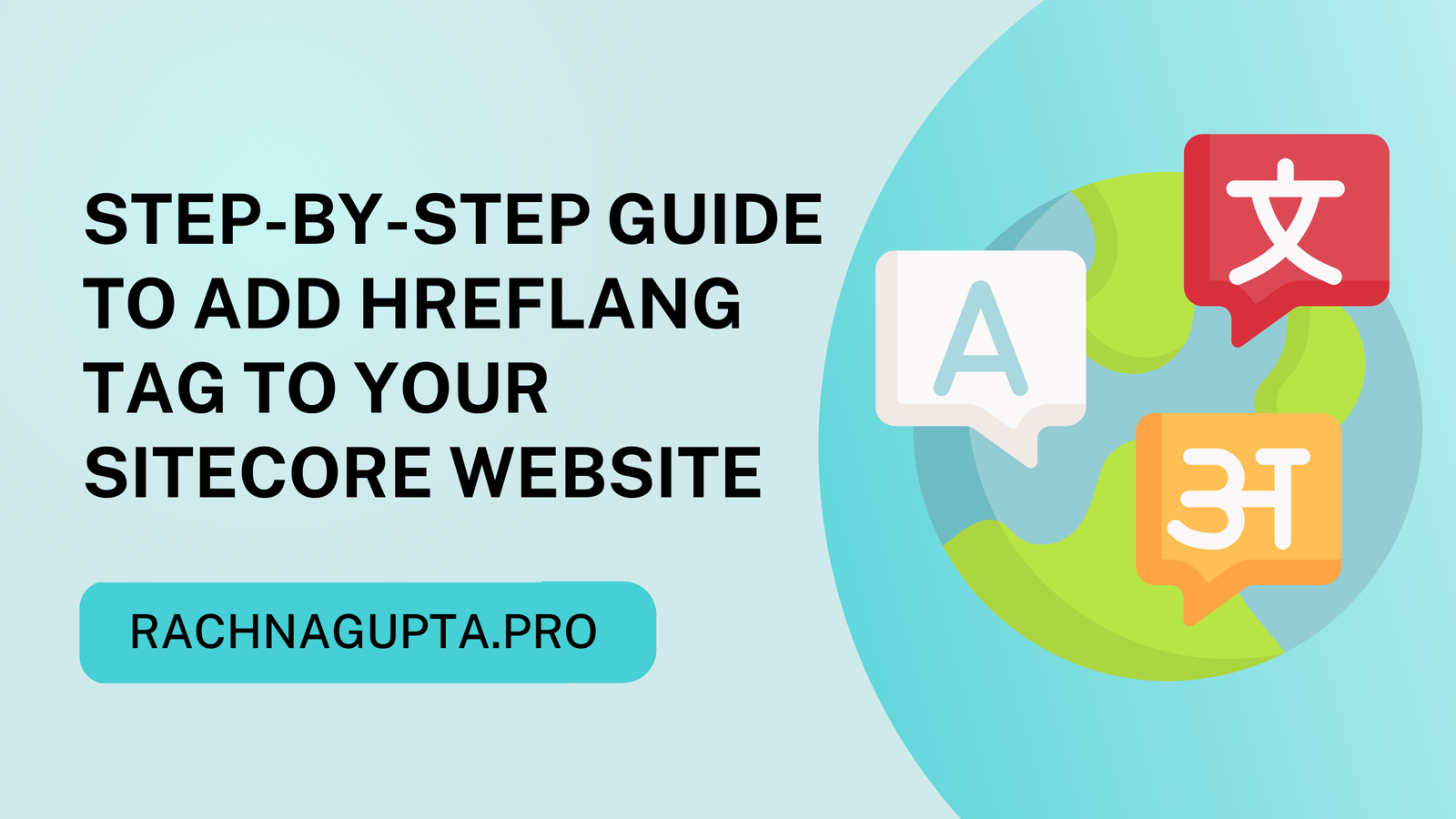What is Hreflang Tag?
The hreflang tag is an HTML attribute used to specify the language and regional targeting of a webpage. It is primarily used for international and multilingual websites to indicate the language and geographical variations of content available on different versions of the same page.
The hreflang attribute is typically added to the <link> element within the <head> section of an HTML document. It uses the “rel” attribute with the value “alternate” to specify an alternate version of the page. The hreflang attribute itself contains a language and optional country/region code, indicating the intended audience for that particular version of the page.
For example, consider a website with different language versions of a page. Here’s how the hreflang tag could be used to indicate the language and region:
<link rel=”alternate” href=”https://example.com/page” hreflang=”en” />
<link rel=”alternate” href=”https://example.com/es/page” hreflang=”es” />
<link rel=”alternate” href=”https://example.com/fr/page” hreflang=”fr” />
In this example, the first <link> element specifies the default English version of the page, while the second and third <link> elements indicate the Spanish and French versions, respectively.
Why is Hreflang tag important?
The hreflang attribute helps search engines understand the language and geographic targeting of different versions of a webpage. It can improve the accuracy of search engine results, ensuring that users searching in a specific language or region are directed to the most relevant version of the page.
It’s important to note that implementing hreflang tags correctly requires careful consideration and adherence to best practices, especially for complex multilingual websites. Improper implementation can lead to confusion and incorrect targeting.
Step-By-Step Guide To Implement Hreflang To A Sitecore Website
To add Hreflang tags to your Sitecore Website, follow these steps:
- Identify the languages and regional variations of your website. Determine which languages you want to target with hreflang tags.
- Log in to your Sitecore Content Management System (CMS) and navigate to the page or item that you want to add the hreflang tag to.
- In Sitecore, each language version of a page is represented by a language version item. Locate the language version item you want to work with.
- In the Content Editor, select the language version item. Then, in the ribbon at the top, click on the “Versions” tab.
- Within the “Versions” tab, click on the “Manage” button. A dialog box will appear.
- In the dialog box, click on the “Add” button to add a new version. Select the language and regional variation for which you want to add the hreflang tag.
- Once the new language version is added, you can edit its fields. Locate the field where you want to add the hreflang tag (e.g., the HTML head field).
- In the field, add the hreflang tag using the following format:htmlCopy code
<link rel="alternate" hreflangReplace “LANGUAGE-CODE” with the appropriate language code (e.g., “en” for English, “fr” for French, etc.). Replace “URL” with the URL of the corresponding page in the specified language.="LANGUAGE-CODE" href="URL"> - Repeat the process for each language version you want to add hreflang tags to, ensuring that each tag points to the correct URL for the corresponding language version.
- Save your changes and publish the item to make the hreflang tags live on your website.
- Repeat these steps for other pages or items on your Sitecore website that require hreflang tags.
By adding hreflang tags to your Sitecore website, you help search engines understand the language and regional targeting of your content, improving the accuracy of search results for users in different regions and languages.
